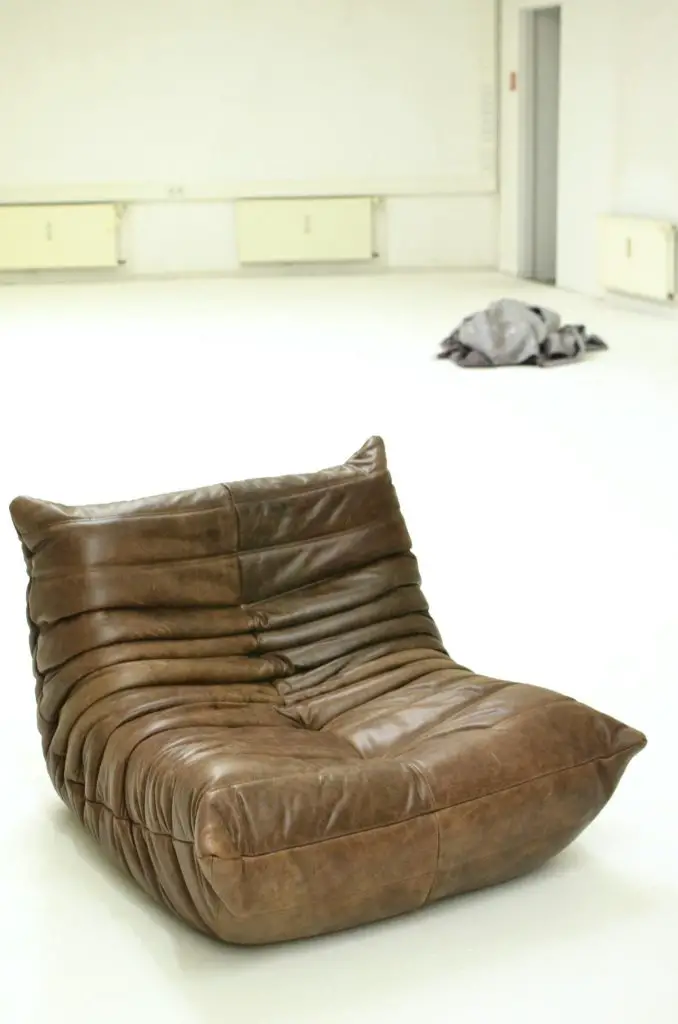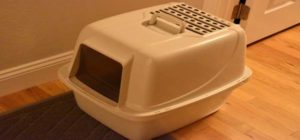
You’ll need to assess the scratch damage on your leather couch, determining the depth, length, and type of scratch to decide the best repair approach. Next, gather a leather repair kit, soft-bristled brush, clean cloth, and leather conditioner to clean the damaged area, removing debris and dirt. Apply leather filler cream to deep scratches, followed by a leather dye pen to match the original color. Condition the leather to restore its natural moisture and suppleness. By mastering these steps, you’ll be well on your way to achieving a seamless repair, but there’s more to evaluate for a truly professional finish.
Table of Contents
Assess the Scratch Damage
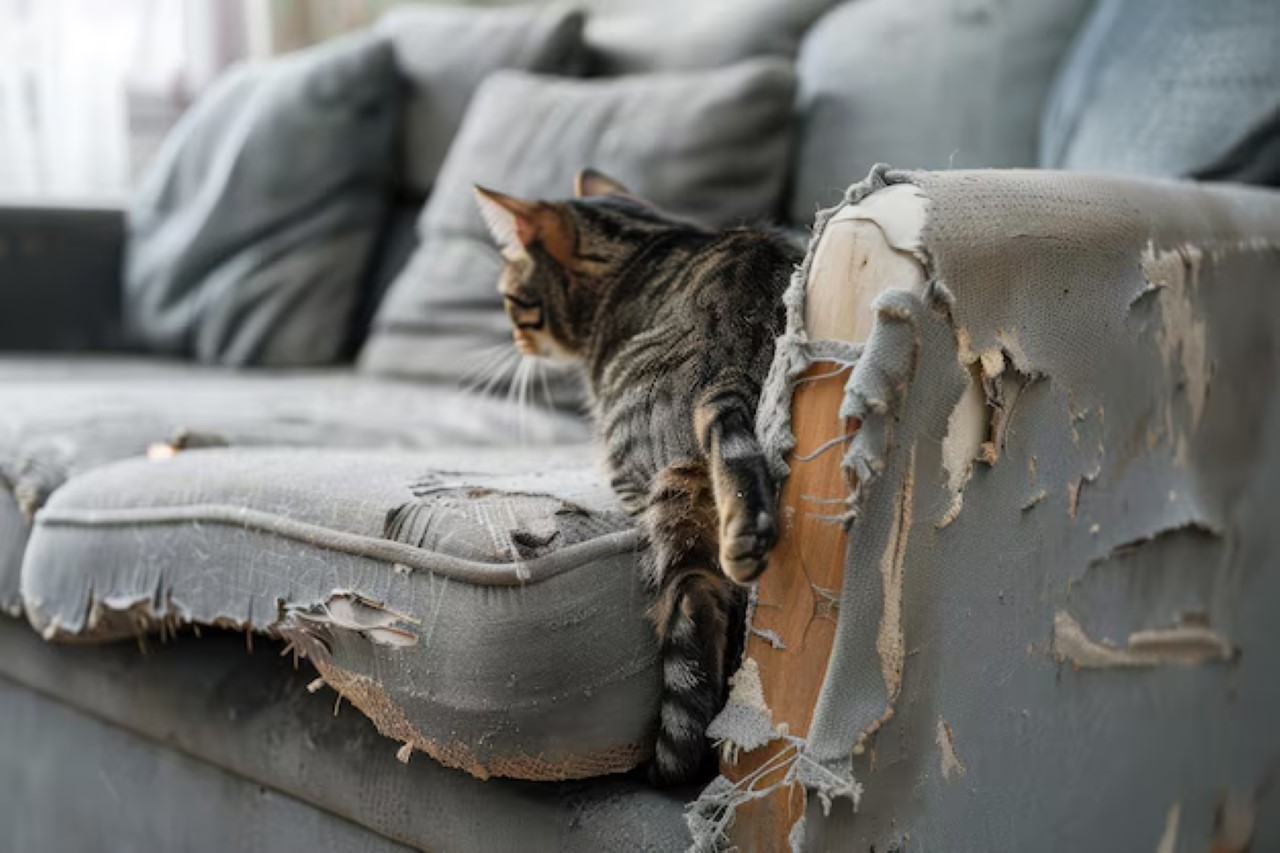
Before you begin repairing the cat scratches on your leather couch, carefully examine the damaged area to determine the depth, length, and type of scratch, as this will influence the choice of repair method and materials.
Take note of whether the scratch is superficial, affecting only the finish, or deeper, cutting into the leather itself. Inspect the surrounding area for any additional damage, such as tears or punctures.
Assessing the scratch type will also help you identify the cause of the damage and take preventive measures to minimize future occurrences.
For instance, if you notice that the scratches are primarily located on the armrests or near the cushions, you may need to focus on scratch prevention techniques, such as using furniture covers or scratch protectors.
This post contains affiliate links. However all the information provided on this site are my own honest opinions. See more in Disclaimer.
Additionally, evaluating the condition of the leather will help you determine the most effective leather maintenance routine to restore the material’s natural moisture and suppleness.
Gather Repair Materials Needed
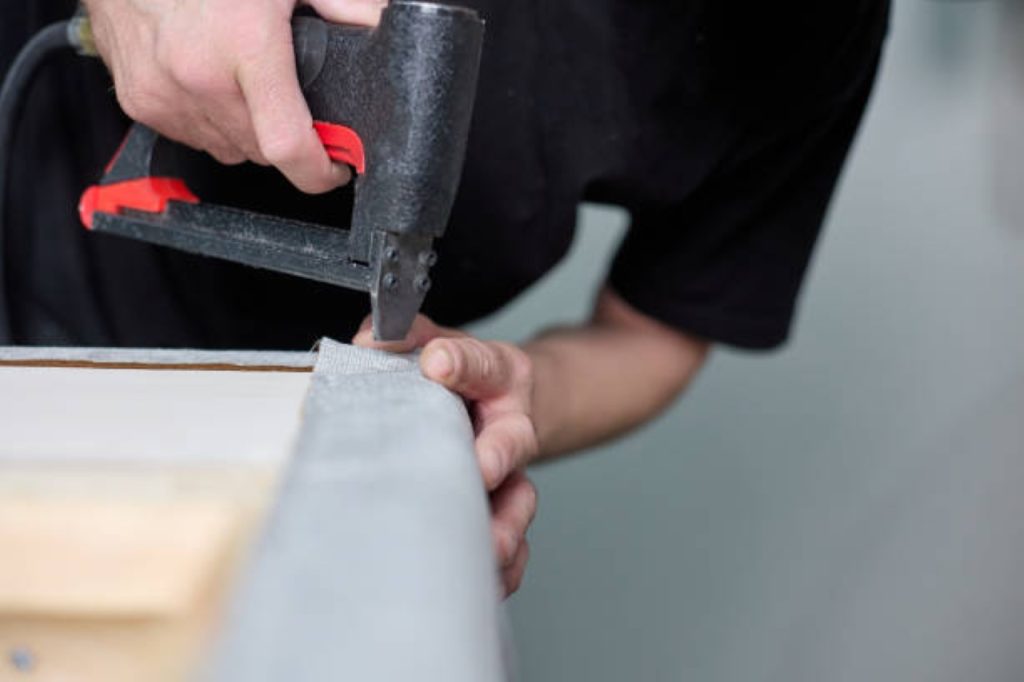
To initiate the repair process, you’ll need to collect several key materials, including a leather repair kit, a high-quality leather conditioner, a soft-bristled brush, a clean cloth, and a leather finish or topcoat that matches the original finish of your couch.
When selecting a leather repair kit, verify it’s compatible with your couch’s leather type, whether it’s aniline, semi-aniline, or pigmented leather. Some repair kits cater to specific leather types, so choose wisely to achieve ideal results.
A high-quality leather conditioner is also essential, as it will help maintain the leather’s natural moisture and prevent further damage.
Additionally, invest in a soft-bristled brush to gently remove any debris or dirt from the damaged area. A clean cloth will come in handy for wiping down the area and applying the leather conditioner or finish.
Finally, select a leather finish or topcoat that matches the original finish of your couch to guarantee a seamless blend.
Also See:
With these materials in hand, you’ll be well-equipped to tackle the repair process and restore your leather couch to its former glory.
Always follow the manufacturer’s instructions for each product to guarantee ideal results.
Clean the Damaged Area
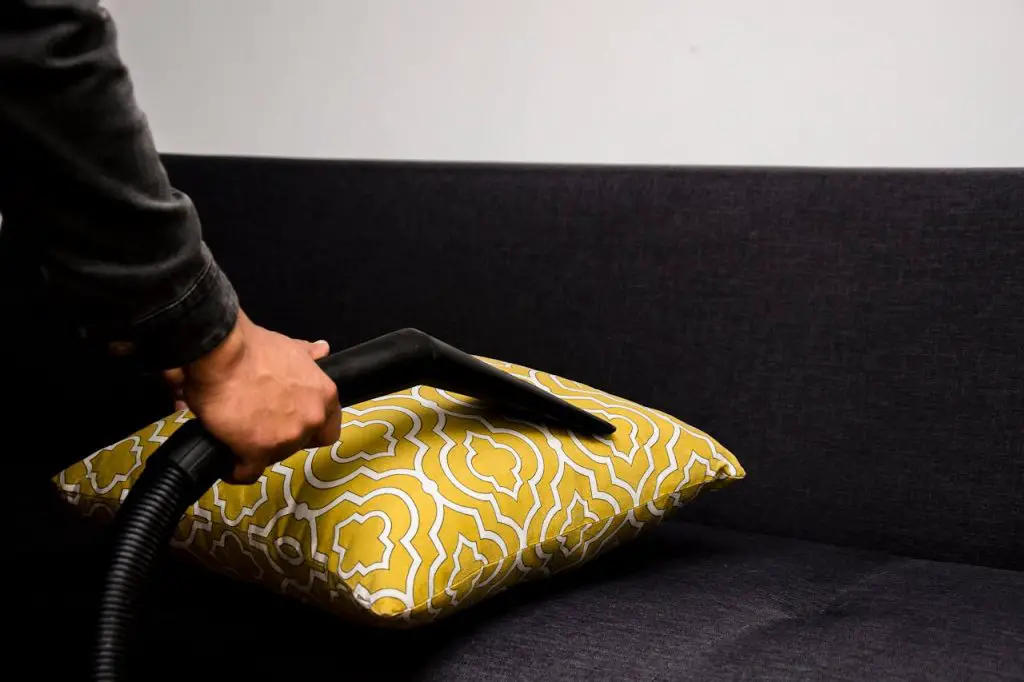
Gently sweep the soft-bristled brush across the cat scratch, loosening any debris or dirt embedded in the damaged leather.
Then wipe away the loosened particles with a clean cloth to create a clean slate for the repair process. This vital step guarantees a strong bond between the leather and the repair materials you’ll apply later.
Avoid using harsh chemicals or abrasive cleaners, as they can damage the leather further. Instead, opt for a mild soap solution or a leather-specific cleaner.
For tougher dirt or stains, consider using a leather cleaning product containing enzymes, which break down organic matter without harming the leather.
Taking preventive measures, such as regularly vacuuming and conditioning your leather couch, can help minimize damage from cat scratches.
However, if the scratch is particularly deep or extensive, consider alternative solutions, like consulting a professional upholsterer or using a leather repair kit specifically designed for cat scratches.
Apply Leather Filler Cream
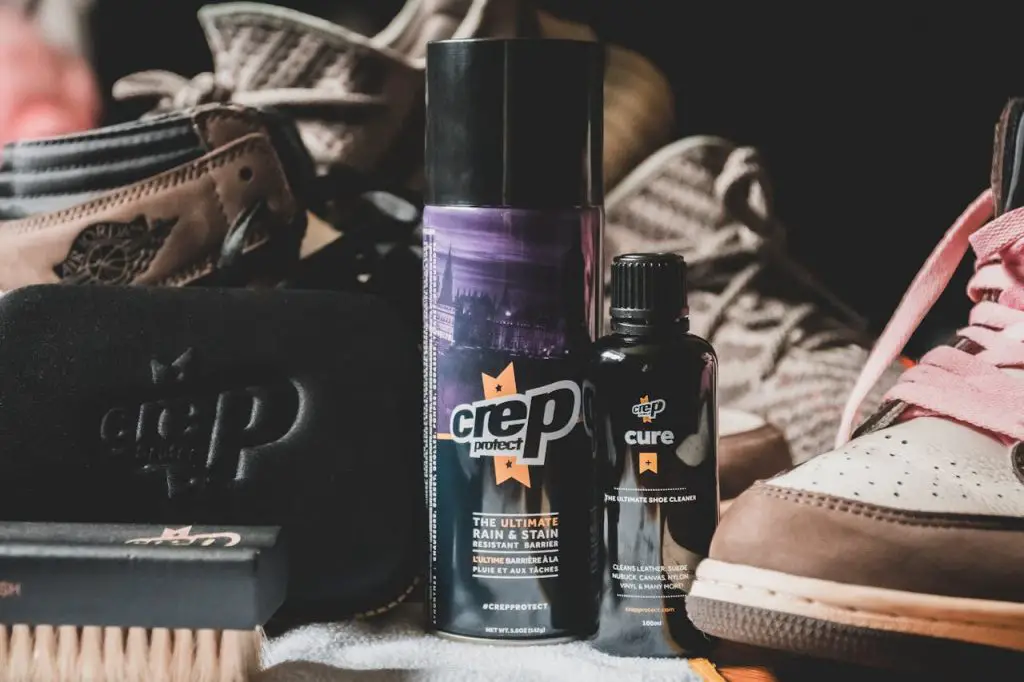
Now that you’ve cleaned the damaged area, you’ll apply a leather filler cream to repair the deep scratches.
You’ll use this cream to fill in the gouges and smooth out the finish, making the scratches virtually invisible.
Filling Deep Scratches
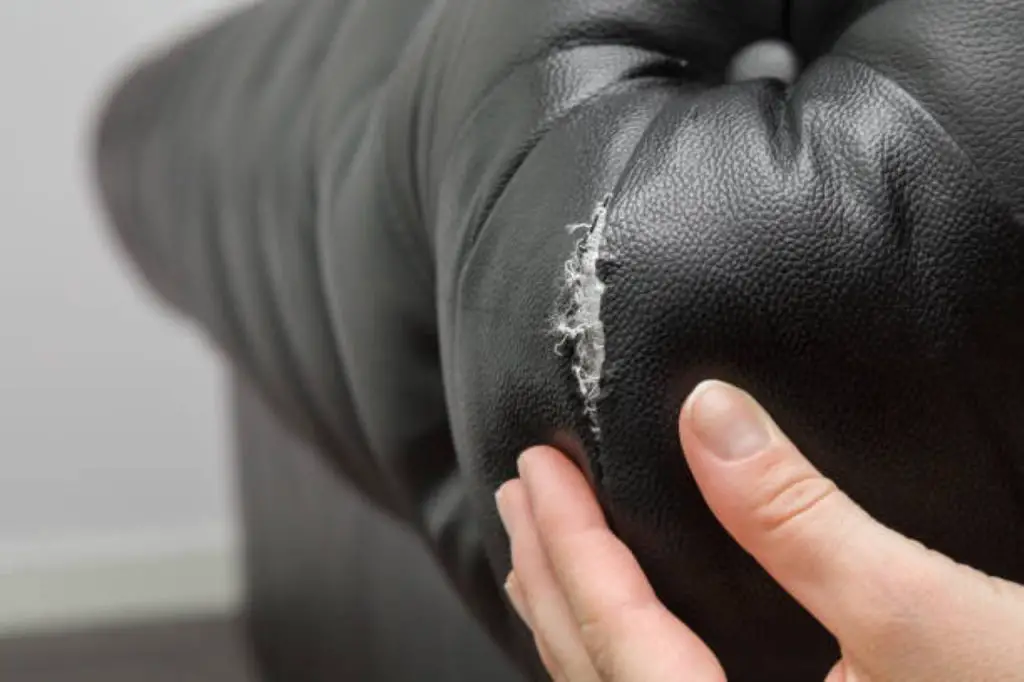
You’ll use a leather filler cream to fill in deep cat scratches, carefully matching the color of the filler to your leather couch to create a seamless repair.
To guarantee an exact match, compare the filler color to the original leather dye, taking into account any fading or discoloration.
Apply a small test patch to an inconspicuous area to confirm the filler won’t damage the leather or alter its finish.
Fill the scratch by applying small amounts of filler cream and gently building up layers. Allow each layer to dry completely before adding the next, following the manufacturer’s instructions for drying times.
Take your time and work methodically, as rushed applications can lead to messy, uneven repairs.
It’s worth noting that preventing cat scratches is easier than repairing them; consider investing in scratch prevention tools and regularly applying leather protection products to safeguard your couch against future damage.
Smoothing Out Finish
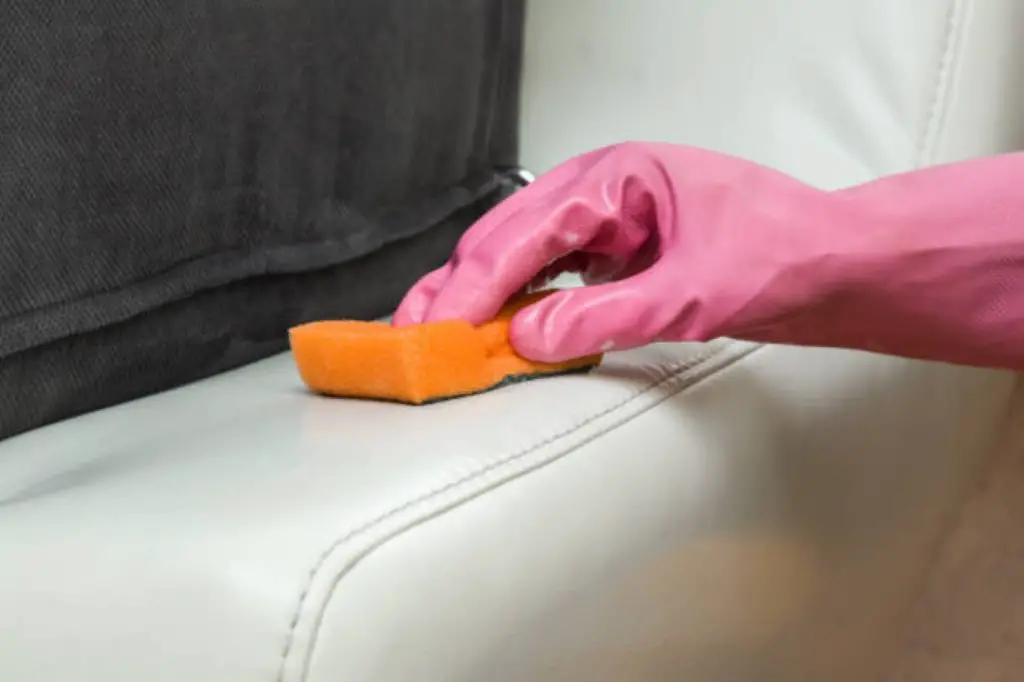
After successfully filling the deep cat scratches with leather filler cream, focus on smoothing out the finish to achieve a uniform texture and appearance that blends with the surrounding leather.
You’ll need a soft, clean cloth and a gentle touch to feather the edges of the filled area outwards, gradually blending the repair with the surrounding leather texture.
Work in small circular motions, applying moderate pressure to avoid over-working the area.
As you smooth out the finish, pay attention to any slight imperfections or irregularities that may still be visible.
If necessary, reapply a small amount of leather filler cream and repeat the smoothing process until the area is virtually indistinguishable from the surrounding leather.
To maintain the health and integrity of your leather couch and prevent future scratches, consider applying a leather conditioner or scratch prevention treatment to the entire surface.
Regular maintenance will help protect the leather texture and prevent scratches from forming in the first place.
Trending in Cats:
Use a Leather Dye Pen
Now that you’ve filled in the scratches with leather filler cream, you’re ready to restore the original color of your leather couch using a leather dye pen.
To achieve a seamless finish, you’ll need to choose a dye pen that matches the shade of your leather as closely as possible.
Choosing the Right Shade

Selecting a leather dye pen that matches the original color of your leather couch as closely as possible is crucial for a successful repair, so examine the scratched area and adjacent leather carefully to determine the correct shade.
This requires precise color matching, as even a slight variation can be noticeable.
To guarantee a seamless repair, consider the type of leather you’re working with, as different leather types have distinct color profiles.
For instance, aniline leathers tend to have more transparent, rich colors, while semi-aniline leathers may have a slightly more muted tone.
Take note of the color’s undertones, too, as these can greatly affect the overall appearance. Warm leather colors often have golden or reddish undertones, while cool colors may have blue or green undertones.
Choose a leather dye pen that matches both the main color and undertones of your couch. If you’re still unsure, consult the manufacturer’s guidelines or seek advice from a professional leather technician.
Applying the Dye Pen
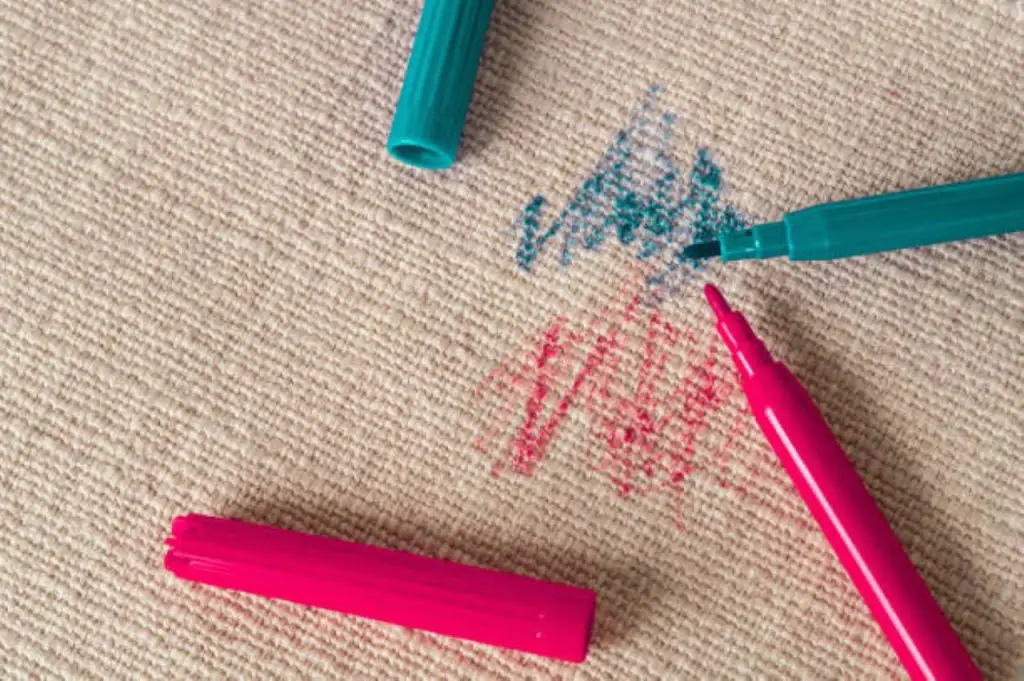
Using your chosen leather dye pen, carefully apply the colorant to the scratched area in light, gentle strokes, working from the inside of the scratch outwards to prevent the dye from building up along the edges.
This technique guarantees a smooth, even finish and prevents the dye from pooling or becoming uneven.
Make certain to follow the manufacturer’s instructions for the dye pen, as different products may have specific application guidelines.
As you apply the dye, pay attention to the color’s consistency and coverage. If necessary, allow the first layer to dry before applying additional coats to achieve the desired shade.
Remember, it’s better to apply multiple thin layers than to risk over-saturating the leather. Proper leather care, including regular conditioning and scratch prevention measures, can help prevent future damage.
Apply a Leather Conditioner
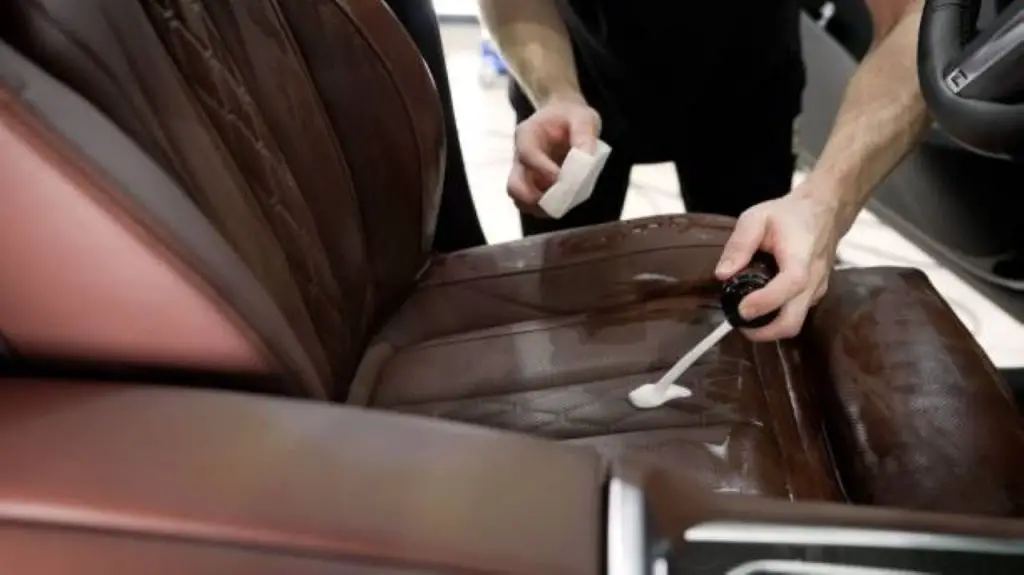
To restore the leather’s natural moisture and suppleness, apply a high-quality leather conditioner to the scratched area, working it in with a soft, clean cloth in a circular motion.
This step is essential in revitalizing the leather’s appearance and preventing further damage.
Make sure to choose a conditioner specifically designed for aniline or semi-aniline leather, as these types of leather are more prone to drying out.
When applying the conditioner, gently rub it into the leather using light to moderate pressure. Focus on the scratched area, but also apply the conditioner to the surrounding leather to maintain consistency.
For best results, follow the manufacturer’s instructions and test a small, inconspicuous area of the leather first.
Regular leather maintenance tips, such as conditioning and protecting the leather, can help prevent cat scratches from becoming a major issue.
By incorporating scratch prevention methods, like trimming your cat’s nails and providing scratching posts, you can minimize the risk of damage to your leather couch.
Remember to reapply the conditioner periodically to maintain the leather’s health and appearance.
Buff the Repaired Area
With the conditioner absorbed and the leather rejuvenated, you’ll buff the repaired area to restore its original luster and even out the tone, using a clean, soft cloth and gentle circular motions.
This step is essential in leather care, as it helps to redistribute the conditioner, bringing out the natural shine of the leather. Be gentle, as excessive pressure can damage the leather or recreate scratches.
As you buff, you’ll notice the area begin to blend with the surrounding leather, creating a seamless finish. For best scratch prevention, use a microfiber cloth, which will help to smooth out any imperfections.
Avoid using harsh chemicals or abrasive materials, which can damage the leather’s topcoat and leave it vulnerable to future scratches.
Using gentle circular motions, buff the area for about 10-15 minutes, or until the leather has an even tone and sheen. Your patience will pay off, as the buffed area will look virtually untouched.
By incorporating this buffing step into your leather care routine, you’ll not only repair existing scratches but also help prevent new ones from forming, extending the life of your leather couch.
Inspect and Repeat Process
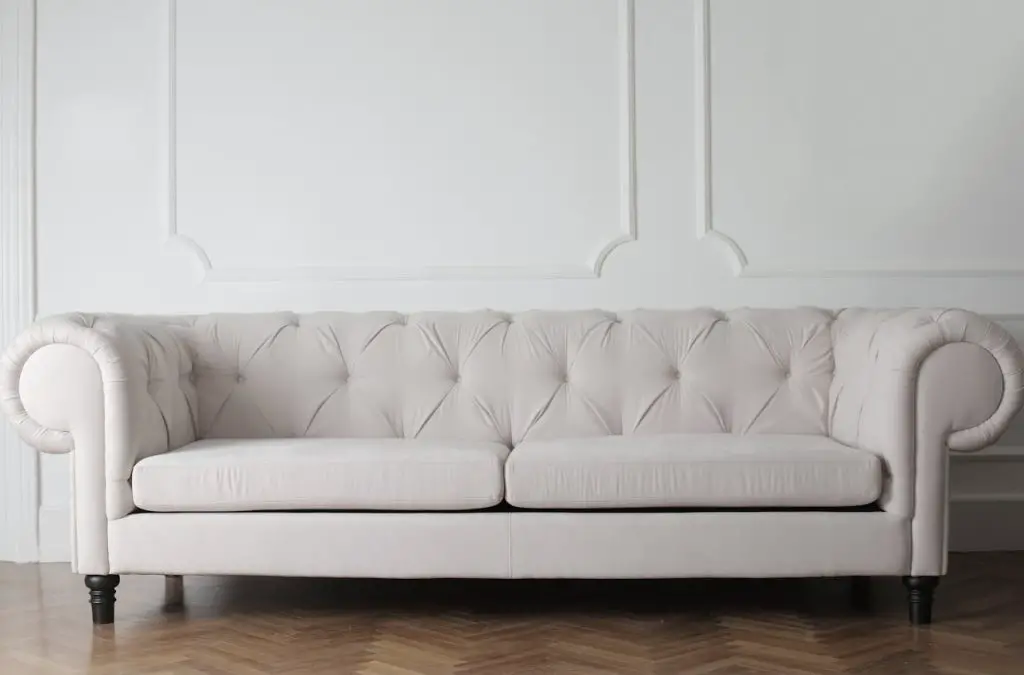
After buffing the repaired area, you’ll need to conduct a thorough inspection to determine if the scratch has been fully restored. Check for any remaining imperfections, uneven tone, or signs of further damage.
This step is vital in guaranteeing that the repair is complete and that no additional work is needed.
Take a closer look at the repaired area and surrounding leather to check for:
- Any remaining scratches or imperfections that need to be addressed
- Uneven tone or discoloration that may require additional touch-ups
If you notice any of these issues, you may need to repeat the repair process or take additional preventative measures to guarantee the longevity of your leather couch.
Regular scratch prevention and maintenance can go a long way in protecting your investment. By inspecting and addressing any issues promptly, you can help extend the life of your leather couch and keep it looking its best.
Frequent Questions

You can’t use regular fabric dye on a leather couch; it won’t penetrate evenly and may damage the material. Instead, consider leather dye alternatives, and take into account fabric dye considerations to guarantee a successful color restoration.
You’re traversing a maze of scratch repair techniques, but will leather filler cream be your savior for faux leather scratches? Unfortunately, it won’t, as faux leather’s durability and synthetic composition require specialized products for effective repair.
“You can prevent your cat from scratching the leather couch again by understanding cat behavior and providing suitable scratching alternatives, such as sisal rope or cardboard posts, to redirect their instinctual scratching habits effectively.”
“When applying heat to your repair, you’ll want to use caution; a hair dryer on a low setting can help, but be careful not to overdo it, as excessive heat application can damage the surrounding material.”
You’ll be surprised to know that 70% of cat owners face furniture damage. When dealing with large scratch damage, hiring a professional may be more cost-effective, considering repair costs and potential insurance coverage for damages.




